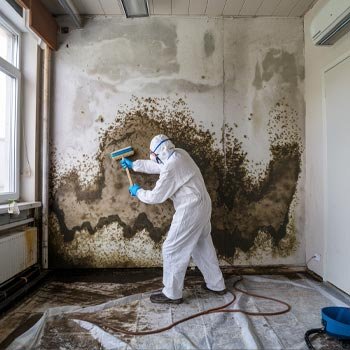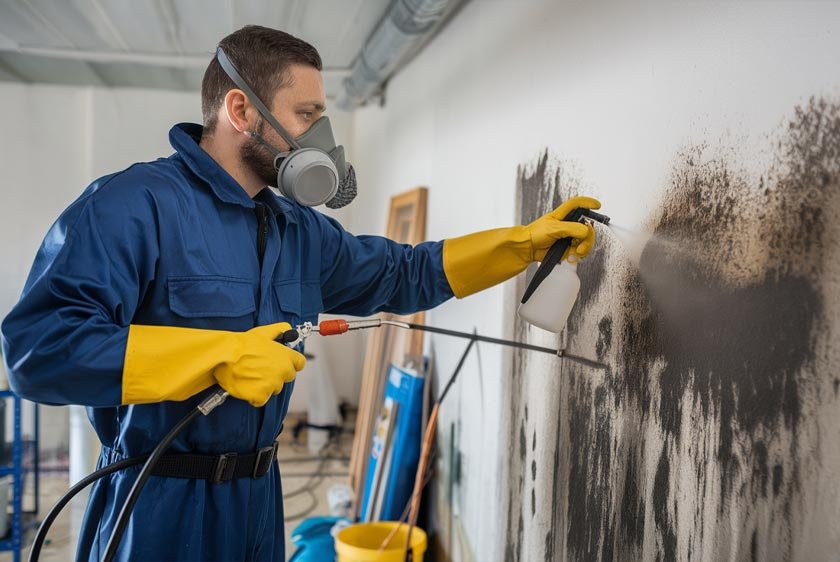Mold Removal Best Practices
Mold can be a serious concern for homeowners, not only because of the damage it can cause to your property but also due to potential health risks. At Dallas Water Damage Restoration Pros, we understand the importance of effective mold removal. Here are some best practices to ensure a safe and thorough mold remediation process.
Identify the Source of Moisture
The first step in effective mold removal is identifying and eliminating the source of moisture. Mold thrives in damp environments, so look for leaks, condensation, or any areas with high humidity. Repair any leaks and consider using a dehumidifier in affected areas.


Wear Protective Gear
Safety should always come first. When dealing with mold, wear appropriate protective gear, including gloves, goggles, and a mask or respirator. This will help protect you from mold spores and potential allergens.
Contain the Area
To prevent mold spores from spreading to other parts of your home, contain the affected area. Use plastic sheeting to seal off the space and keep doors and windows closed. This containment will help limit exposure during the removal process.
Remove Affected Materials
Floor leaks can play a significant role in spreading water damage. Check the water pipes beneath your flooring and be vigilant about any puddles or damp spots.
Inspect Heating and Cooling Systems
For porous materials like drywall, carpets, or insulation that have been heavily infested with mold, it's often best to remove and discard them. These materials can be challenging to clean thoroughly and may harbor spores even after cleaning.
Clean Non-Porous Surfaces
For non-porous surfaces like tile or glass, scrub the affected area with a mixture of water and detergent or a specialized mold remover. Make sure to follow up with a rinse to eliminate any remaining mold spores.
Use Proper Ventilation
Ensure good ventilation during the cleaning process. Open windows and use fans to help circulate air, which will assist in drying out the area and reducing humidity levels, making it less conducive for mold growth.
Dry Thoroughly
After cleaning, it’s crucial to dry the area thoroughly. Use fans and dehumidifiers to speed up the drying process. Mold can regrow if any moisture remains, so ensure the area is completely dry.
Monitor for Recurrence
After the removal process, keep an eye on the area to ensure mold does not return. Regularly check for signs of moisture or new growth, and take action quickly if you notice any issues.
Seek Professional Help
If the mold problem is extensive or if you feel overwhelmed, it’s best to consult with professionals. At Dallas Water Damage Restoration Pros, our team is trained to handle mold remediation safely and effectively.
Mold removal requires careful attention and thorough procedures. By following these best practices, you can ensure a safe and effective mold remediation process. If you have any questions or need professional assistance, don’t hesitate to reach out to us!

Leave A Reply